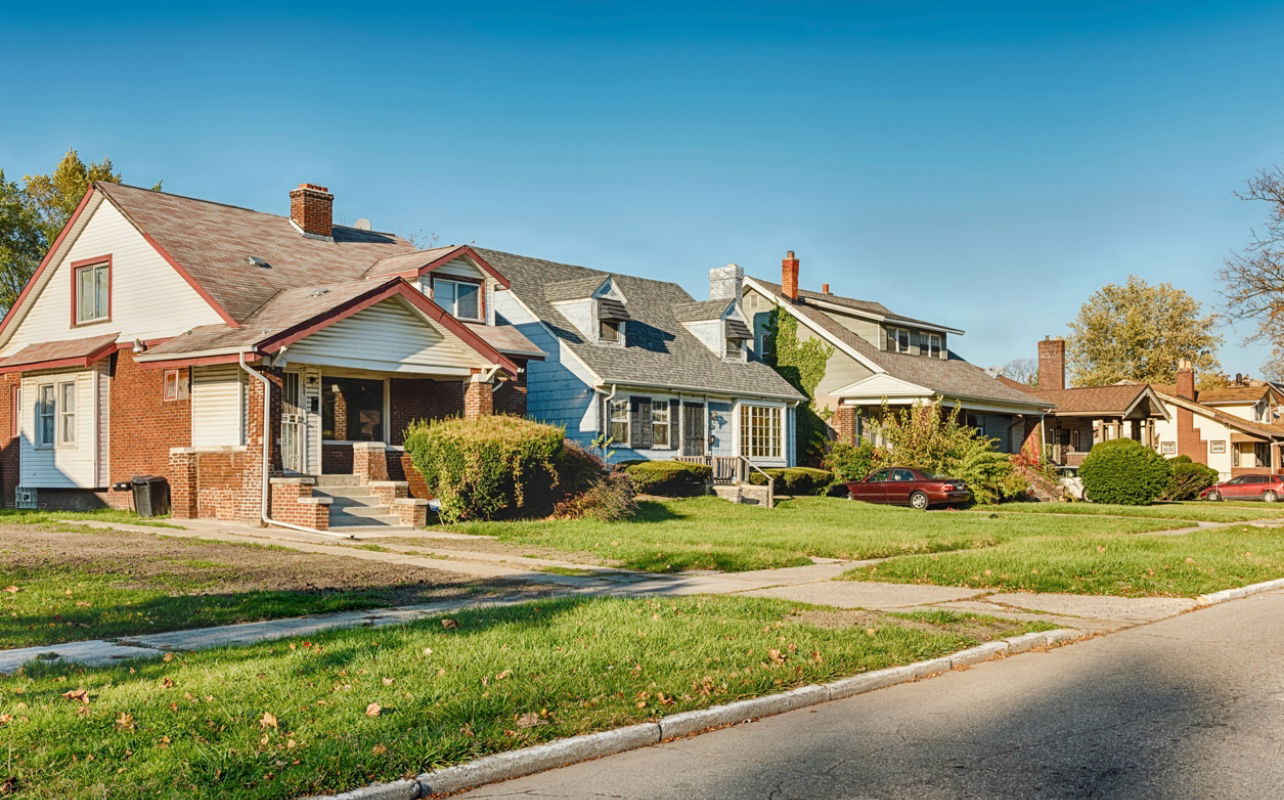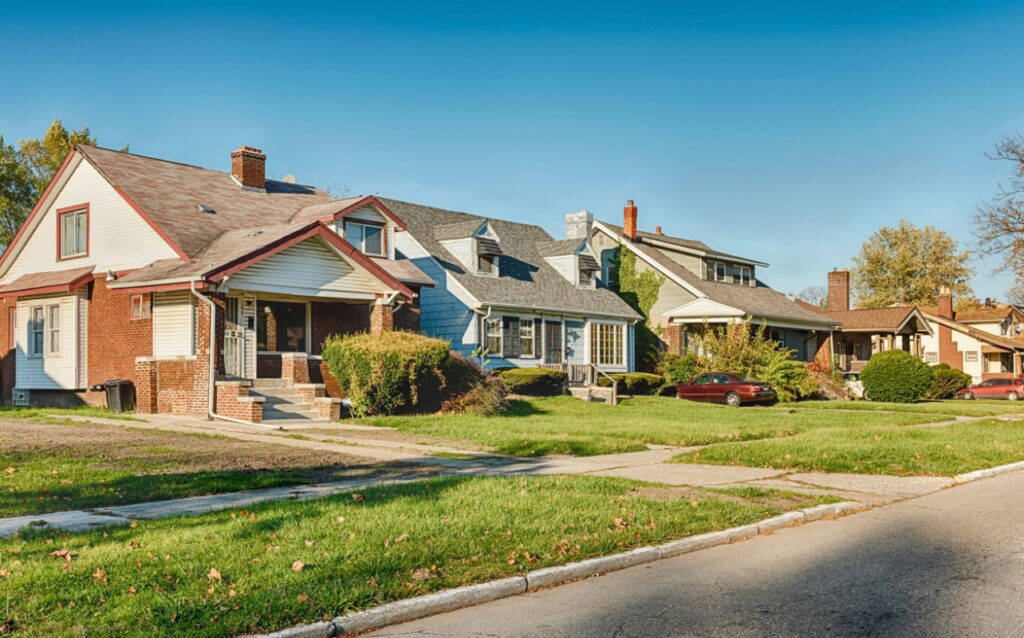
June 10, 2025
The Franks House was known as a hub of Black community in the Third Ward neighborhood.
A ceremony over the weekend of June 6 in Charlotte, North Carolina, paid tribute to a stalwart piece of the city’s Black heritage: the Franks House. As one of the last surviving Black-owned homes from the once-thriving Third Ward neighborhood, the Franks House now bears an official historical marker.
City officials gathered at the United House of Prayer on Mint Street to unveil a newly made historical marker recognizing the Franks House at 305 Dunbar Street.
The home was originally purchased in 1949 by Arthur and Bessie Franks, and it quickly became a symbol of something much more impactful than just a home.
As reported by WCNC, the Charlotte home was a pulse point of the community.
The Franks’ home hosted family, friends, and neighbors each Sunday after church. Community members would gather to enjoy Bessie’s notorious hospitality and home cooking.
The home bearing the newly anointed historical marker would regularly welcome gatherings of 50 or more people.
“Sunday afternoons at the Franks’ were about more than food,” one attendee recalled. “They were about belonging.”
During the mid-20th century, Charlotte’s Third Ward was a thriving Black neighborhood characterized by its diverse businesses, churches, and strong family ties.
However, in the beginning in the 1960s, the flourishing Black community population was slowly dismantled by urban renewal projects, leading to many families being displaced.
Most of the family homes and long-standing businesses in the area disappeared, but the Franks House endured. It remained in the family for over 60 years.
Although the Franks House was officially made a historic landmark in 2022, the May 7 celebration unveiled its physical marker.
The unveiling ceremony featured speeches and was backed by music from the Horns of Glory brass band to honor the displaced Black community.
During the event, County Commissioner Mark Jerrell said, “Before you see all the bright and shiny objects, there was a thriving community here. There were businesses, churches, and families that built this neighborhood.”
RELATED CONTENT: Remains Of 19 Black Americans Used In Research Returned To New Orleans For Memorial Ceremony





